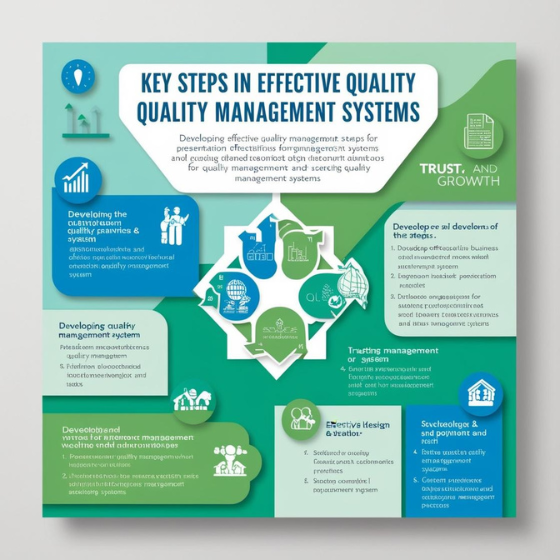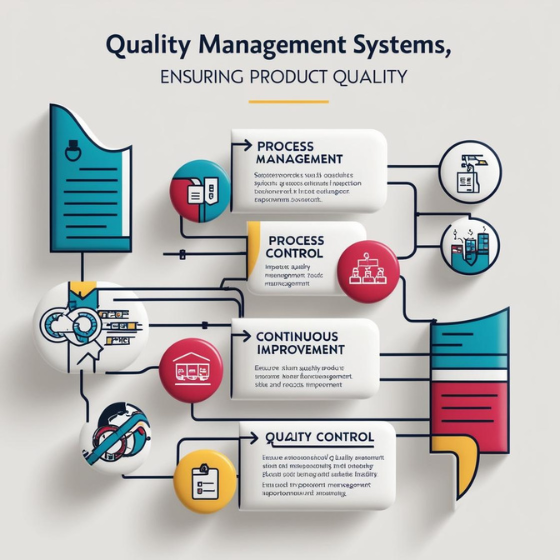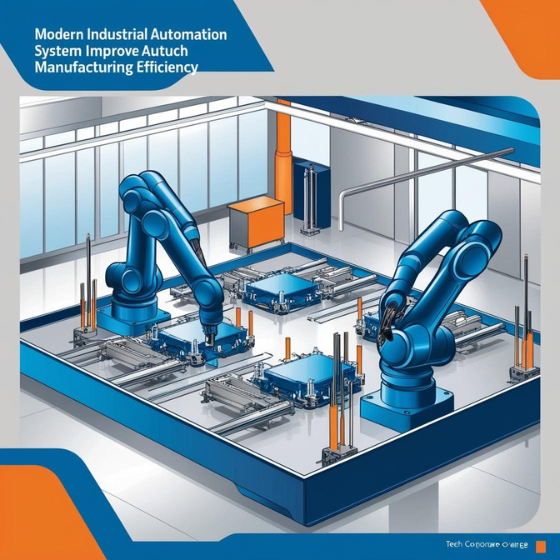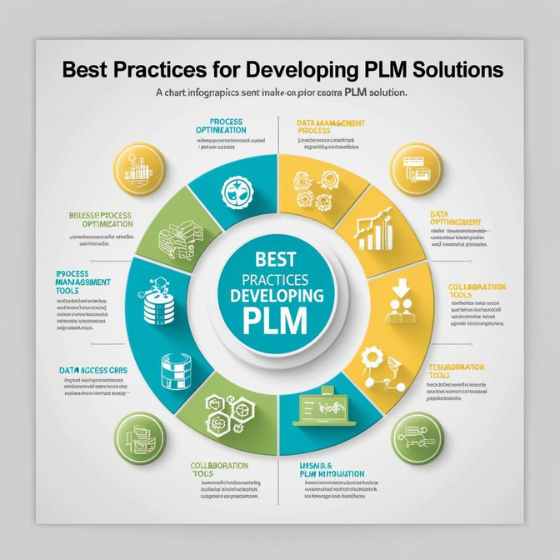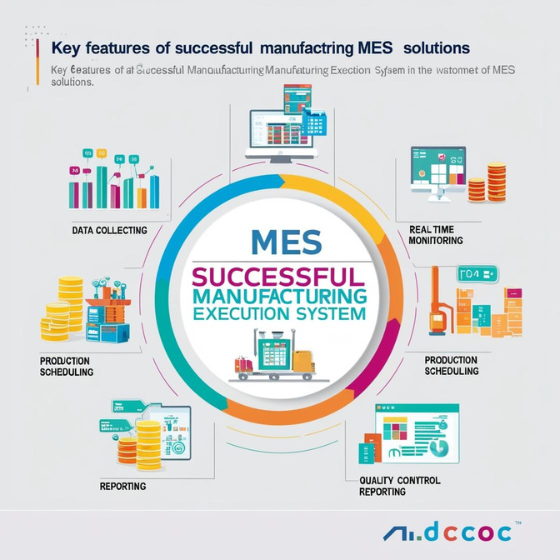Key Trends in Industrial Automation
Introduction
Industrial automation is at the forefront of a global manufacturing transformation. As companies seek to enhance efficiency, reduce costs, and improve quality, automation technologies have become indispensable. But what does the future of industrial automation look like?
From AI-driven systems to green automation, this blog explores the key trends in industrial automation shaping the future of manufacturing. Whether you’re a small business or a large enterprise, understanding these trends will help you stay competitive in this rapidly evolving landscape.
1. AI and Machine Learning Integration
Artificial Intelligence (AI) and Machine Learning (ML) are revolutionizing industrial automation by enabling machines to make data-driven decisions and adapt to changing conditions.
Applications of AI in Automation:
- Predictive Maintenance: AI analyzes data to predict when equipment needs servicing, reducing downtime.
- Quality Control: AI-powered vision systems detect defects with unmatched precision.
- Process Optimization: ML algorithms improve efficiency by continuously analyzing and fine-tuning operations.
Example: A manufacturing company reduced production costs by 20% using AI-driven process optimization.
2. Internet of Things (IoT) and Connectivity
The Industrial Internet of Things (IIoT) connects machinery, sensors, and systems to create smart factories where data flows seamlessly across operations.
Benefits of IoT in Industrial Automation:
- Real-Time Monitoring: Track equipment performance and production metrics in real time.
- Enhanced Collaboration: Share insights across teams to improve decision-making.
- Energy Efficiency: Optimize resource consumption using IoT-driven analytics.
Pro Tip: Integrate IoT with cloud platforms for centralized monitoring and scalability.
3. Collaborative Robots (Cobots)
Collaborative robots, or cobots, are designed to work alongside humans, combining precision with adaptability.
Why Cobots Are Trending:
- Ease of Use: Cobots are easy to program and deploy.
- Flexibility: Suitable for tasks requiring human oversight.
- Safety: Equipped with sensors to avoid collisions, ensuring safe collaboration.
Example: A small manufacturer increased assembly efficiency by 30% using cobots for repetitive tasks.
4. Edge Computing
Edge computing processes data locally at the source, reducing latency and enabling faster decision-making compared to cloud-based systems.
Advantages of Edge Computing:
- Low Latency: Real-time responses for time-sensitive applications.
- Improved Reliability: Operates independently of internet connectivity.
- Enhanced Security: Keeps sensitive data local, reducing exposure.
Key Application: Edge computing is particularly valuable in autonomous robotics and real-time quality assurance.
5. Autonomous Mobile Robots (AMRs)
AMRs are reshaping logistics within factories, enabling dynamic and efficient material handling.
Features of AMRs:
- Use advanced navigation systems to operate without fixed pathways.
- Adapt to changes in factory layouts.
- Optimize workflows by reducing manual transportation time.
Example: An e-commerce giant streamlined warehouse operations with AMRs, achieving faster order fulfillment.
6. Green Automation
As sustainability takes center stage, green automation focuses on reducing energy consumption and waste in manufacturing processes.
Green Automation Strategies:
- Energy-Efficient Machines: Equipments that use renewable energy or consume less power.
- Waste Reduction: Automation systems designed to minimize scrap materials.
- Sustainability Metrics: Real-time tracking of environmental impact.
Future Outlook: Companies adopting green automation are likely to gain a competitive edge as consumers prioritize eco-friendly products.
7. Digital Twins
A digital twin is a virtual replica of a physical system, enabling manufacturers to simulate, monitor, and optimize operations in real time.
Applications of Digital Twins:
- Simulate production processes before implementation.
- Predict the impact of changes in production.
- Monitor equipment to predict potential failures.
Example: A car manufacturer used digital twins to cut design time by 25% and reduce production errors.
8. Cybersecurity in Automation
With increasing reliance on connected systems, cybersecurity has become a critical focus in industrial automation.
Cybersecurity Measures:
- Implement firewalls and intrusion detection systems.
- Regularly update software to address vulnerabilities.
- Use encryption for secure data transmission.
Pro Tip: Invest in cybersecurity training for employees managing automated systems.
9. Advanced Human-Machine Interfaces (HMIs)
Modern HMIs offer intuitive, user-friendly interfaces that bridge the gap between human operators and machines.
Features of Advanced HMIs:
- Touchscreens with interactive graphics.
- Voice and gesture recognition capabilities.
- Real-time data visualization for actionable insights.
Key Benefit: Enhanced usability reduces operator errors and improves productivity.
10. Modular and Scalable Systems
Automation systems are increasingly designed with modularity and scalability in mind to meet the diverse needs of manufacturers.
Benefits of Modular Systems:
- Easy upgrades and integration of new components.
- Cost-effective scaling for growing businesses.
- Reduced downtime during system modifications.
Example: A textile manufacturer adopted modular automation, allowing quick adaptation to seasonal demand fluctuations.
Conclusion
The future of manufacturing lies in embracing the key trends in industrial automation to enhance efficiency, adaptability, and sustainability. From AI-driven insights to green automation, these technologies empower businesses to stay ahead of the competition while meeting market demands.
At Sodio, we specialize in delivering innovative automation solutions tailored to your unique manufacturing needs.
CTA: Ready to revolutionize your operations? Contact Sodio today to explore how we can help you implement cutting-edge industrial automation solutions.

